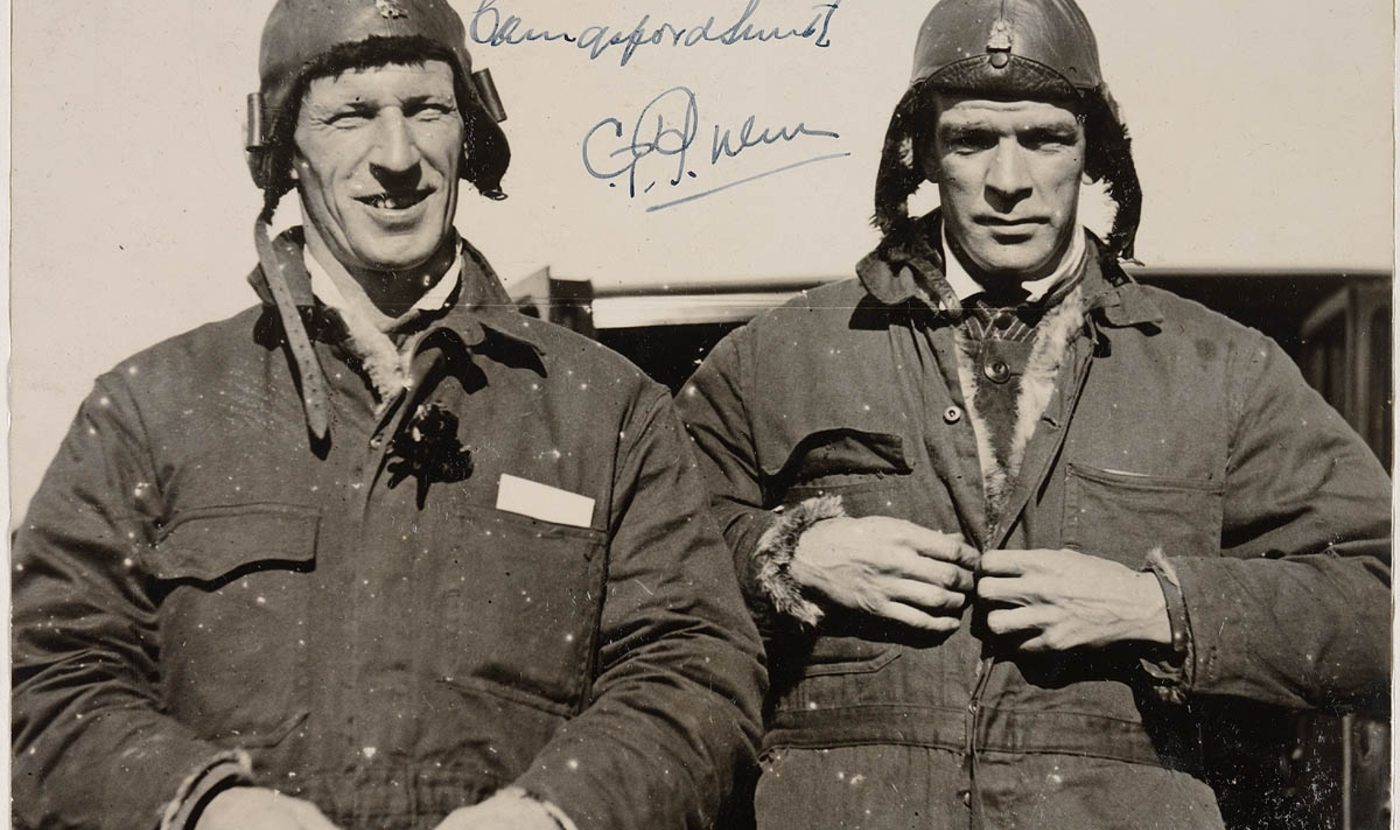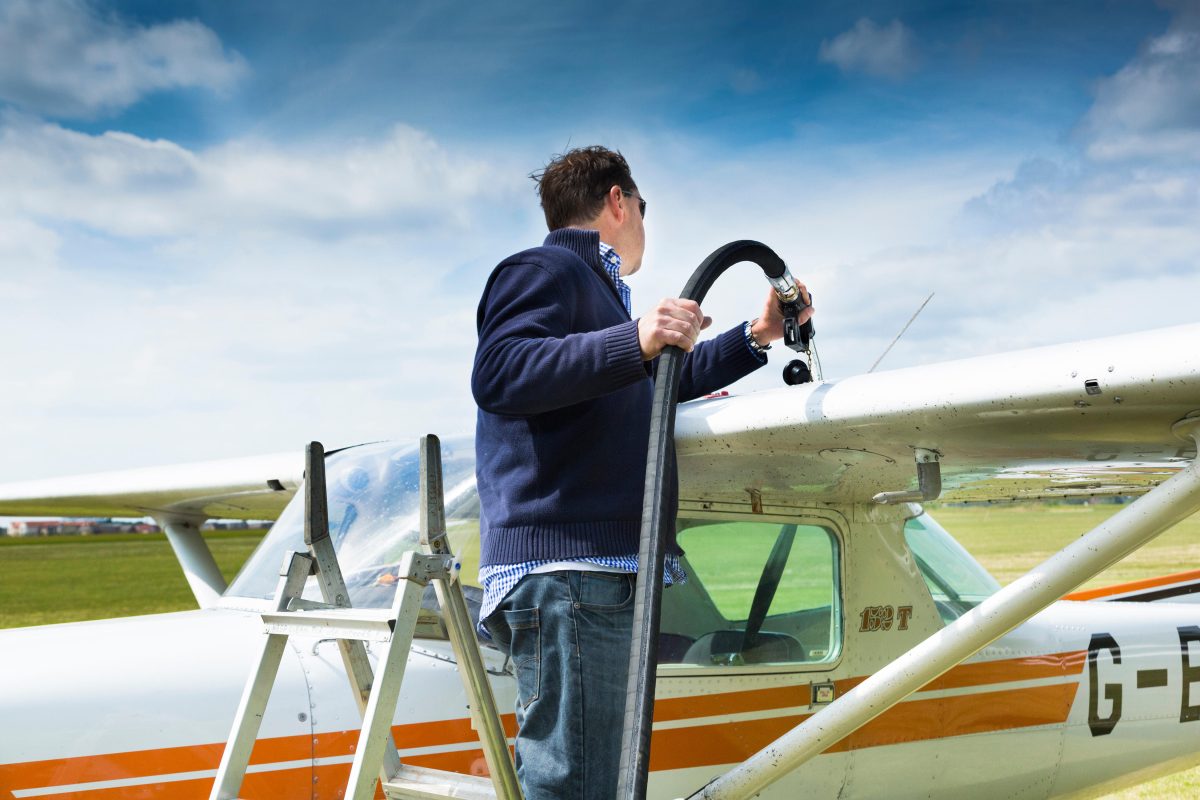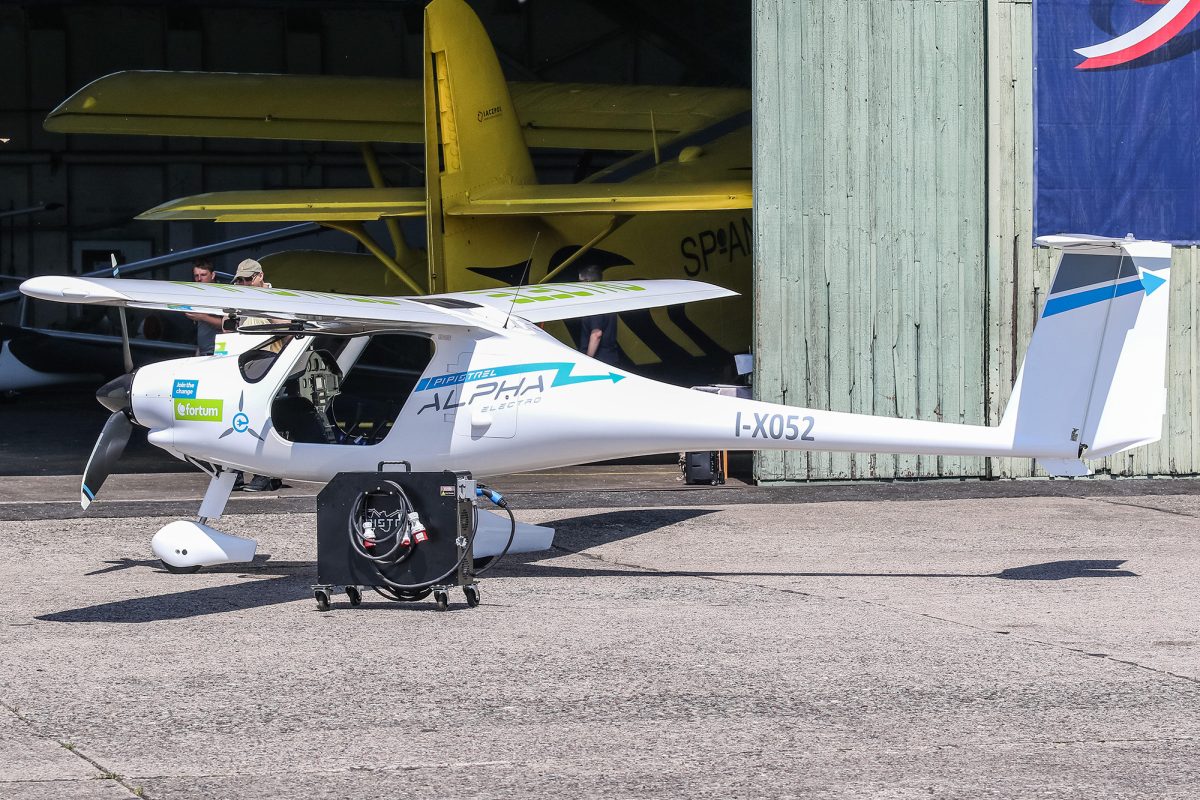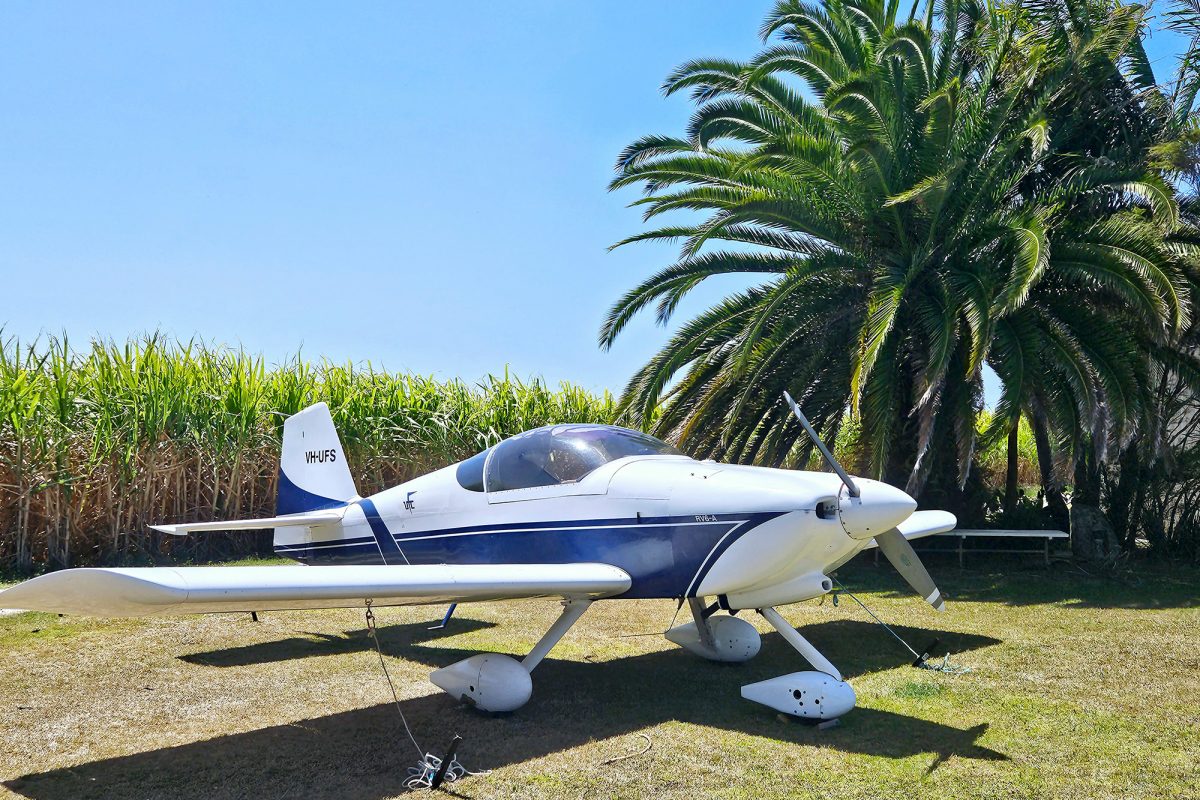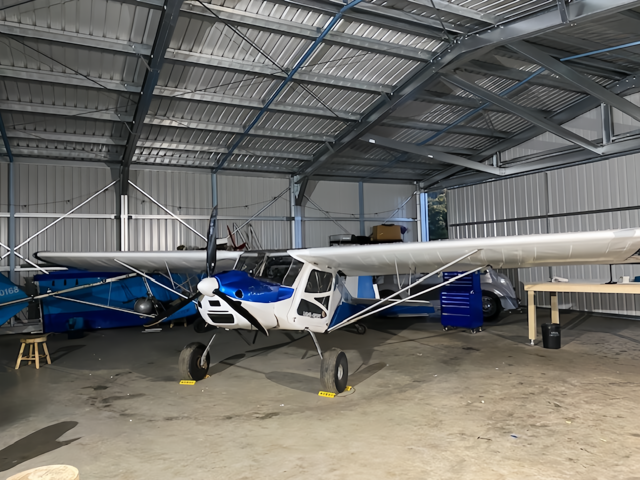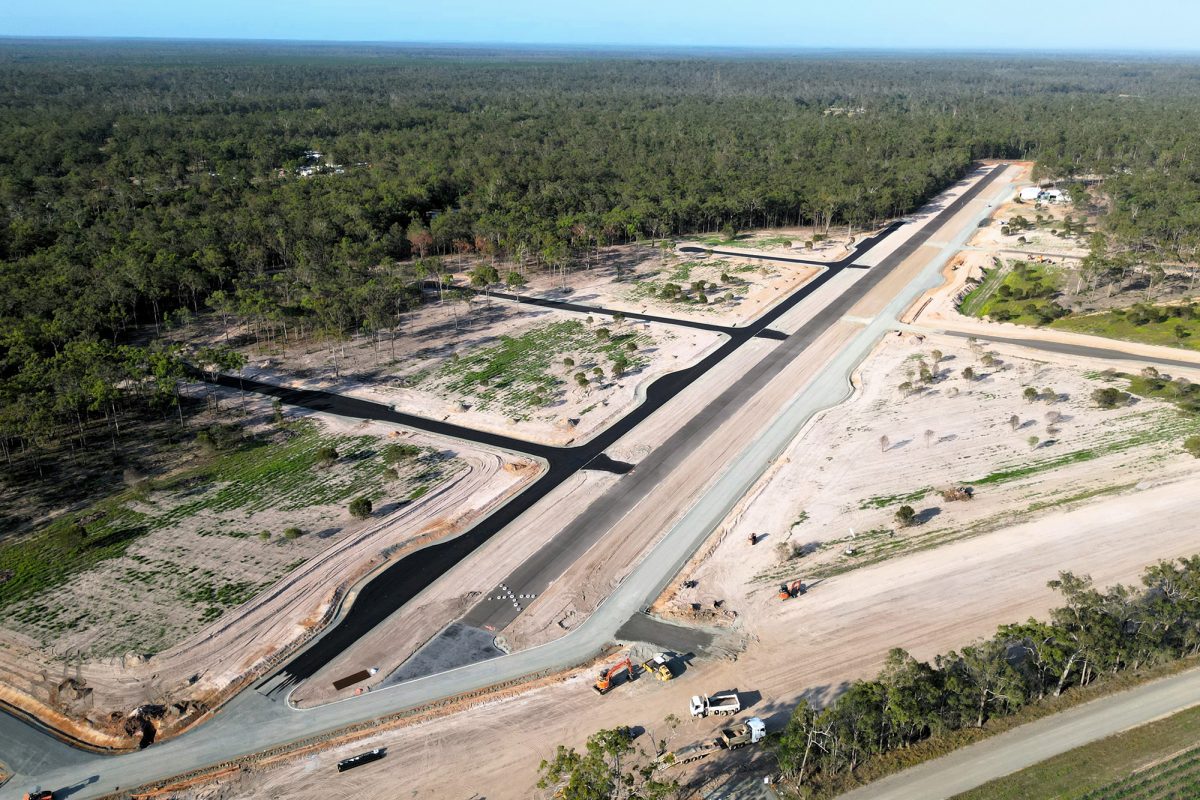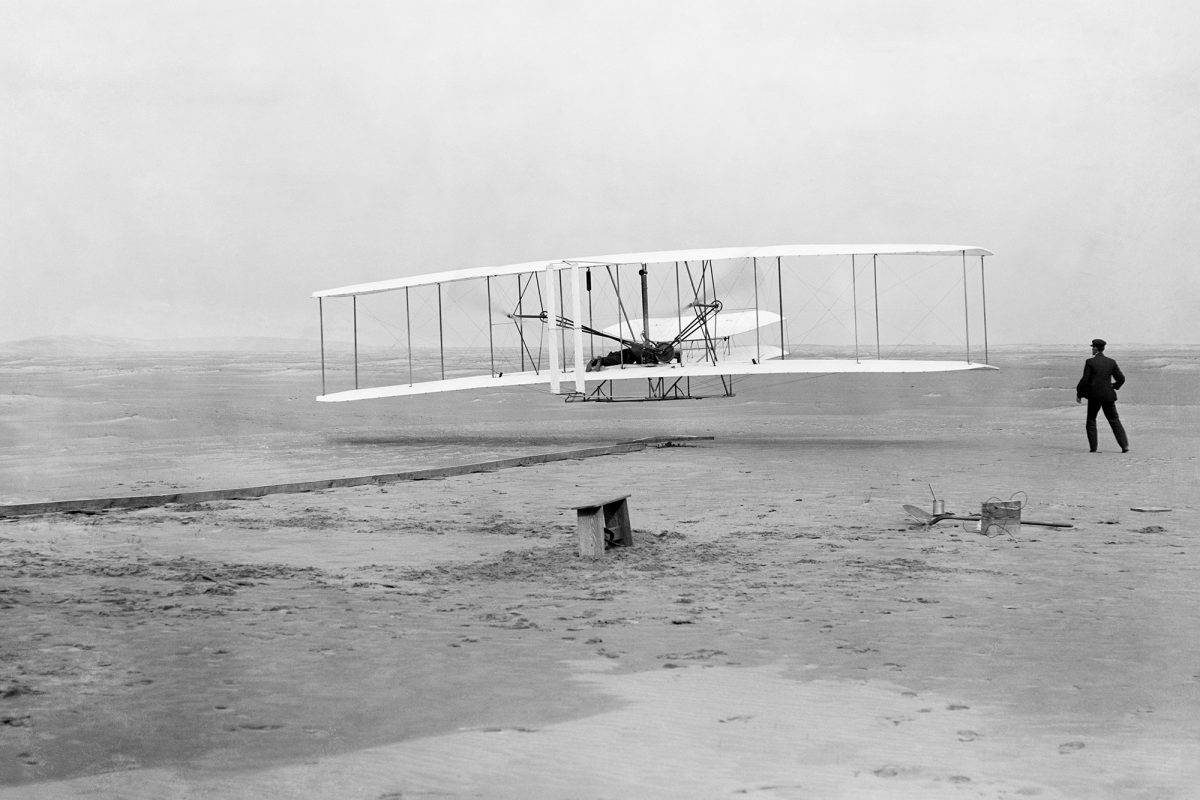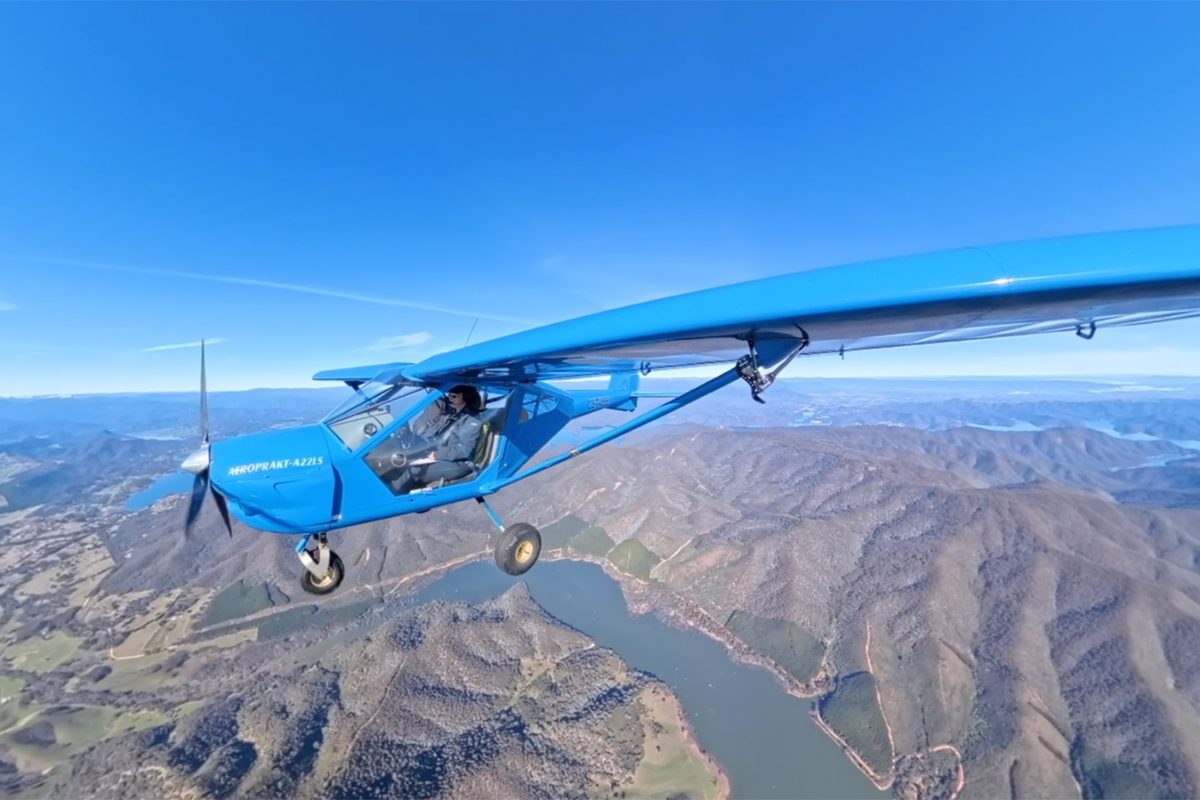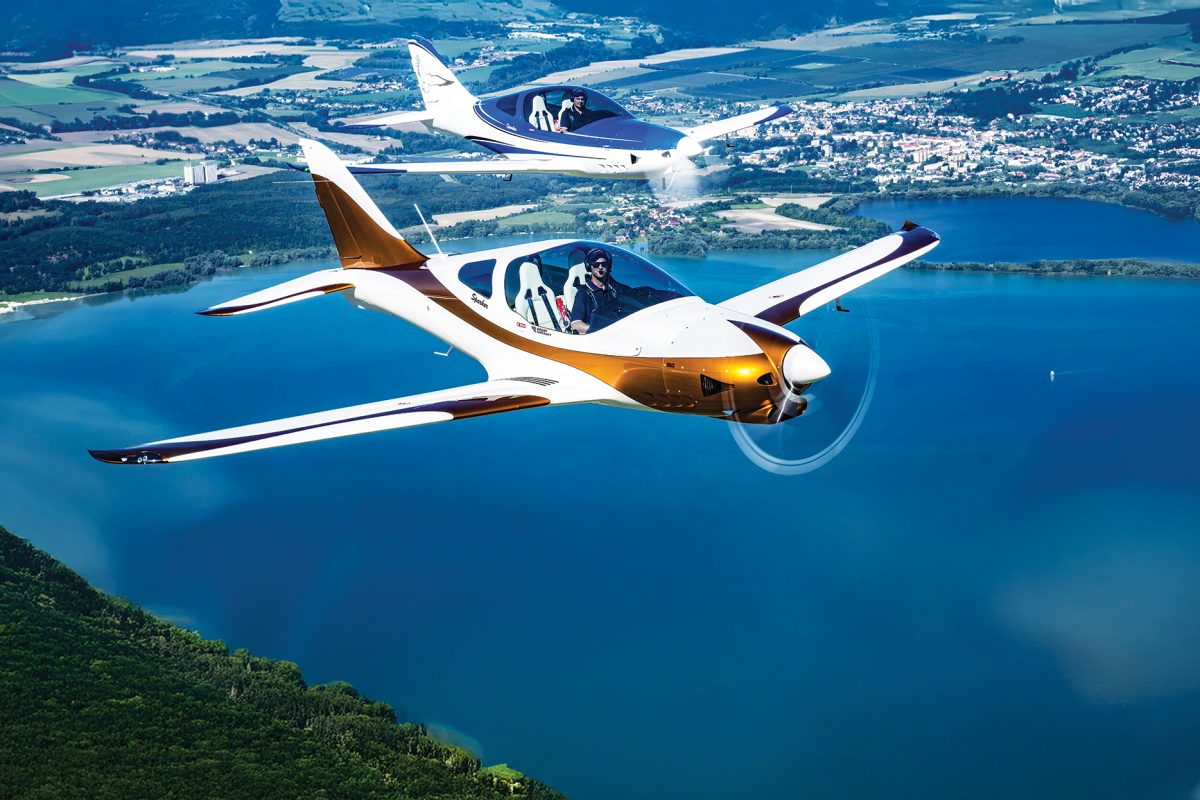A BRIEF HISTORY OF AUSTRALIA’S MOST NOTABLE AVIATORS
Australia has experienced a rich aviation history, filled with brave and admirable aviators who’ve pushed the limits of what everyone else thought possible. Here, we pay homage to just some of those aviators in a brief synopsis of their achievements – all through a constant pursuit to advance the capabilities of flight.
CHARLES KINGSFORD SMITH & CHARLES ULM
Charles Kingsford Smith, also known as Smithy, was an early Australian aviator with a long list of achievements to his name. Smithy’s flying career began in 1917 when he earned his pilot’s wings as a member of the British Royal Flying Corps, having transferred from the Australian Army where he served in Gallipoli as a motorcycle dispatch rider.
Upon returning to Australia after the war, Smithy was one of the early pioneer aviators to realise the potential for air transport. He partnered with fellow Australian aviator Charles Ulm to form Australian National Airways and spent several years proving the capabilities of flight to the world. Smithy, along with Ulm as co-pilot for many of these flights, made the first trans-Pacific flight from the US to Australia, the first non-stop crossing of the Australian mainland, the first flights between Australia and New Zealand, the first eastward Pacific crossing from Australia to the US, and also set the record at the time of flying from Australia to London in 10.5 days. Unfortunately, Smith perished in a crash while flying from England to Australia, however he left behind a great legacy highlighting the potential for air transport. Charles Ulm disappeared shortly after in 1934 during a test flight from California to Hawaii.
ROSS & KEITH SMITH
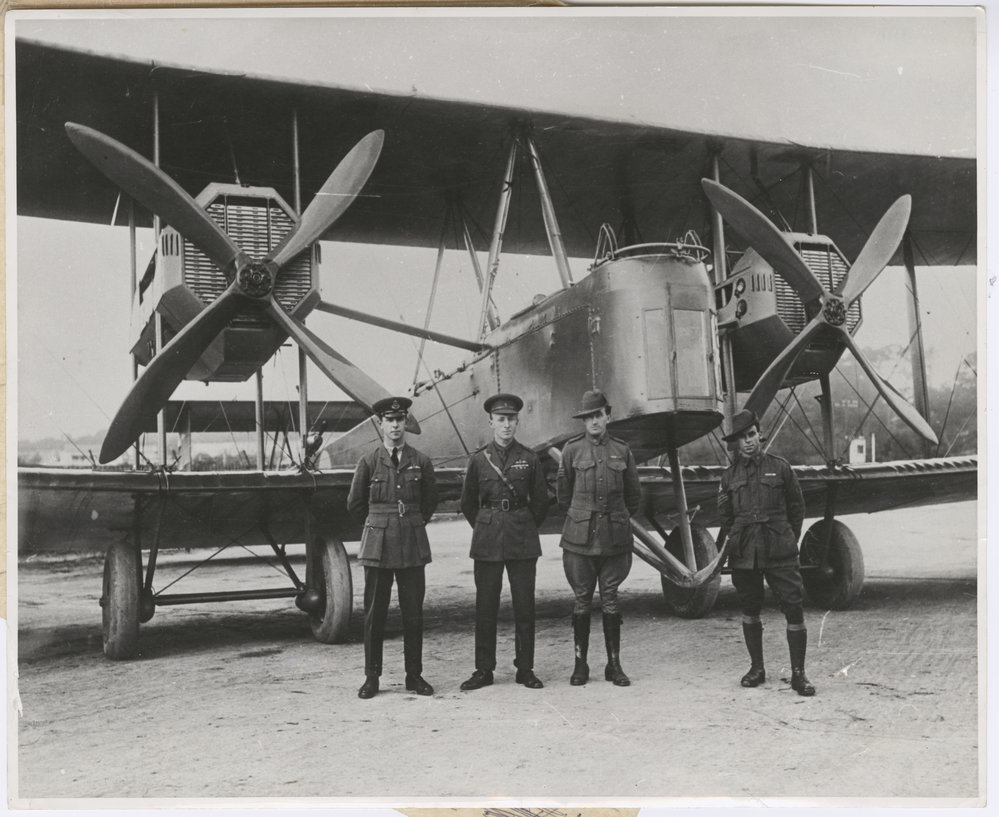
WWI brought the potential of aviation to the forefront of people’s minds. Soon after Ross and Keith’s service during the war, the Australian government announced the Great Air Race, offering a prize of £10,000 to the first Australians who could fly from Great Britain to Australia in a British aircraft. On 12 November 1919, the brothers, along with Jim Bennett and Wally Shiers, departed from Hounslow Heath Aerodrome, England, in a Vickers Vimy and landed in Darwin on 10 December, taking them less than 28 days with a flying time of 135 hours.
In 1922, the brothers planned an around-the-world flight, however Ross died during a test flight.
Keith went on to work as an agent for Vickers, before becoming vice-president of British Commonwealth Pacific Airlines and then director of Qantas Empire Airways and Tasman Empire Airways Limited.
BERT HINKLER
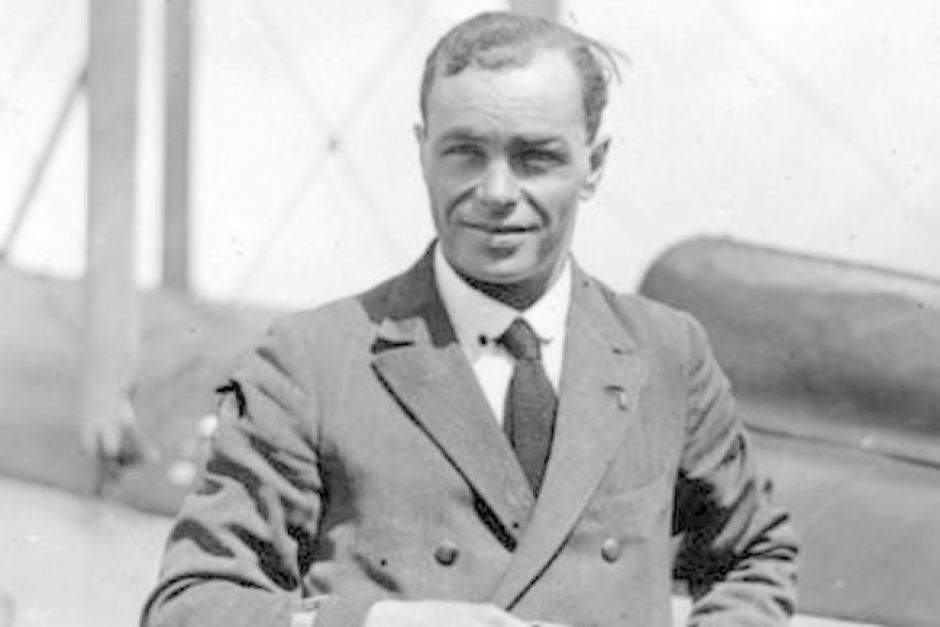
Making waves in the Australian aviation community around the same time as the Smith brothers was Bert Hinkler. During childhood, Bert would observe ibis flying near a lake at school. After gaining an understanding of the principles of flight, Bert produced two gliders, one of which he flew 10 metres above the sand dunes at Mon Repos Beach in the Bundaberg region of Queensland. In 1913, he moved to England to work for Sopwith Aviation Company before serving as a gunner/observer in the British Royal Naval Air Service. During his service, he invented a gadget to correct drift on planes, and a machine gun adaptor for air gunners, which prevented hot shells from falling into their chests, instead ejecting them to one side.
Following his service, Bert moved back to Australia to work for A.V. Roe as a test pilot. He also entered the Air Race held by the Australian government, however his plane unfortunately crashed in Europe. From there, he proceeded to compete in several aviation events, setting multiple records along the way, including a non-stop flight from England to Latvia. He also flew the first solo flight between England and Australia, taking him only 15 days in an Avro Avian, beating the previous record of 28 days set by the Smith brothers. In 1931, he then flew a de Havilland Puss Moth from Canada to New York, then non-stop to Jamaica, followed by Venezuela, Guyana, Brazil, across the South Atlantic to Africa and finally to London. This incredible feat made Bert the first pilot to cross the South Atlantic solo. Unfortunately, Bert died in 1933 while attempting to beat the flying record from England to Australia of 8 days and 20 hours set by C.W.A Scott.
HUBERT WILKINS
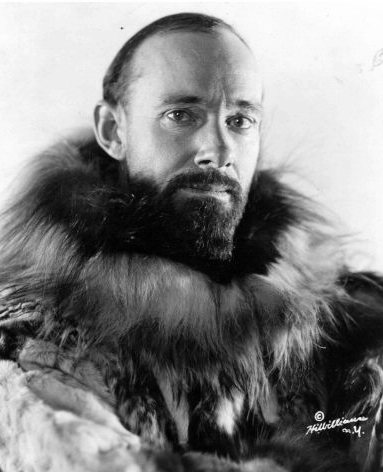
Hubert Wilkins lived an extremely adventurous and successful life. He was awarded a Military Cross for his efforts during the Battle of the Hindenburg Line, making him the only official Australian photographer to receive a combat medal. As well as being a successful photographer and ornithologist, he was an avid explorer, using everything from aircraft to submarines in his pursuits of discovery.
Hubert was a pioneer of his time and was determined to push the limits of what was deemed possible, narrowly failing in an attempt to be the first to travel under the North Pole in a submarine, but proving they were able to operate beneath the polar ice cap. In 1928, Hubert Wilkins and Canadian Ben Eielson flew their Lockheed Vega over the Arctic from Alaska to Norway, marking the first ever Trans-Atlantic flight. The journey took 20 hours and covered mostly unexplored territory. The pair then headed to Antarctica, making them the first aviators to fly over both polar regions in the same year.
NANCY BIRD WALTON
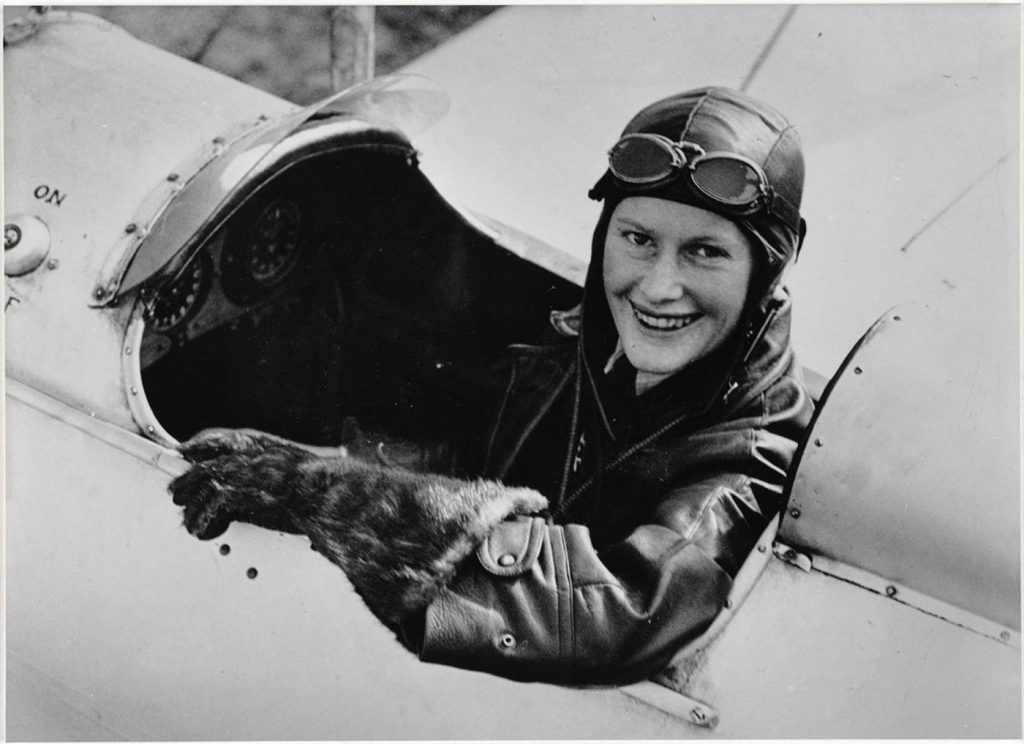
During the 1930s, 19-year-old Nancy Bird became a fully qualified pilot, at the time making her the youngest Australian woman to receive a pilot’s licence that allowed her to carry passengers. It all began when Nancy ventured to Mascot, NSW for a trial flight and from then she was convinced that she wanted to fly. Working at her father’s store, she was able to save enough money to purchase a jacket and helmet. She enrolled at Charles Kingsford Smith’s flight school and knew from an early age that she wanted to pursue a career in aviation.
Nancy purchased her first aircraft, a de Havilland Gipsy Moth, using an inheritance left to her by her great aunt and money borrowed from her father. She then helped set up the Royal Far West Children’s Health Scheme, a flying medical service in outback New South Wales, using her own Gipsy Moth as an air ambulance. Nancy also founded the Australian Women Pilots’ Association and became an Officer of the Order of Australia, among several other achievements and awards throughout her life.
These people are just some of the amazing aviators who make up Australia’s rich history of inspiring pilots. Many of these pilots sacrificed their lives in pursuit of proving the value of aviation to the world. Many breakthroughs have been made in the past century, with things previously thought impossible now a reality. Who knows where aviation will be in another hundred years?
